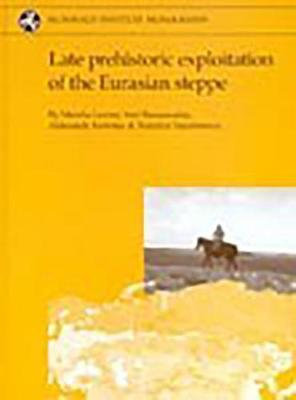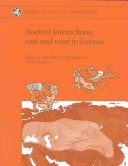McDonald Institute Monographs
2 total works
Late prehistoric exploitation of the Eurasian steppe
by Marsha Levine, Yuri Rassamakin, Aleksandr Kislenko, and Nataliya Tatarintseva
Published 1 December 1999
The nomadic peoples of the great grasslands of the former USSR have left little in the way of settlement evidence, and archaeologists studying their history have had to rely on environmental remains to reconstruct their pasts. This book contains three major studies: The origins of horse husbandry on the Eurasian Steppe (M Levine) ; The eneolithic of the Black Sea Steppe: The dynamics of cultural and economic development 4500-2300 BC (Y Rassamakin) , and The Eastern Ural steppe at the end of the Stone Age (A Kislenko and N Tatarintseva) . Each presents evidence that has not previously been available to European prehistorians. The whole provides an important contribution to European prehistory, and provides background to the ongoing discussions on the prehistory of language.
The history and archaeology of the Scythians and other steppe peoples are relatively familiar, but what of their predecessors who colonized and occupied this vast region, from the Carpathians to China, before the Iron Age? The papers in this volume provide an overview and reassessment of our knowledge of the period from Neolithic to Iron Age in an area which covers approximately one-sixth of the earth's land surface. The subject matter of the papers ranges broadly from East to West on a number of major themes: the development of pastoral eonomies; the diffusion of ideas, and the movement of peoples. The authors too come from geographically diverse regions and different traditions and methods of research and their evolution are outlined and debated. New analytical techniques are highlighted. Arising from a symposium held at the McDonald Institute for Archaeological Research (Cambridge, UK) in 2000, this volume helps to fill an important gap in the literature on the later prehistory of Central Asia.

